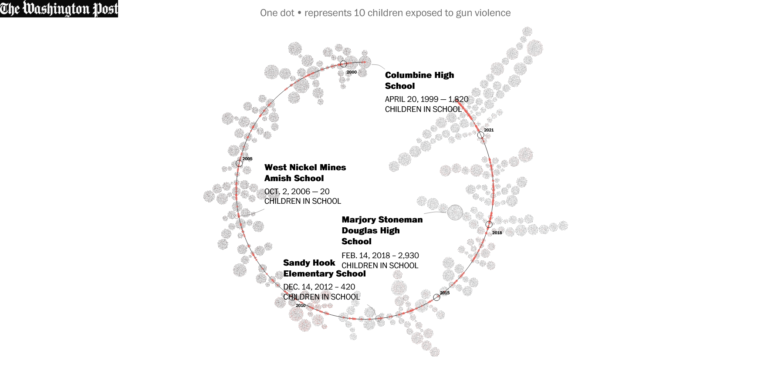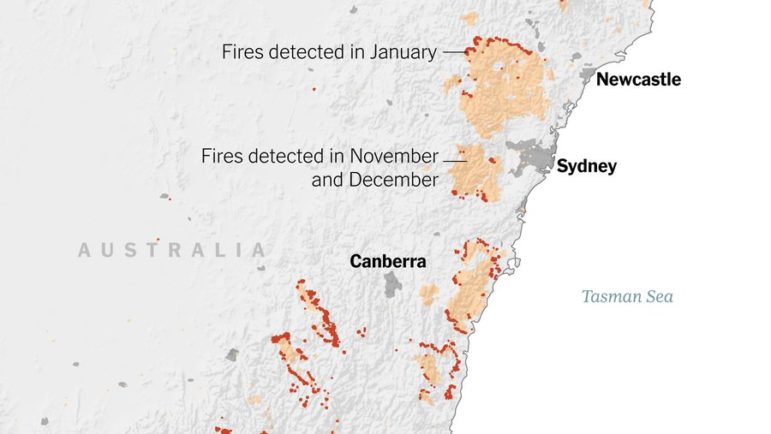
Climate News & Analysis Reporting Tools & Tips
Climate Reporters Share Tips for Investigating the Fossil Fuel Industry
Environmental reporters share tips for unraveling the mysteries behind carbon credit projects and government ties to the fossil fuel industry.









